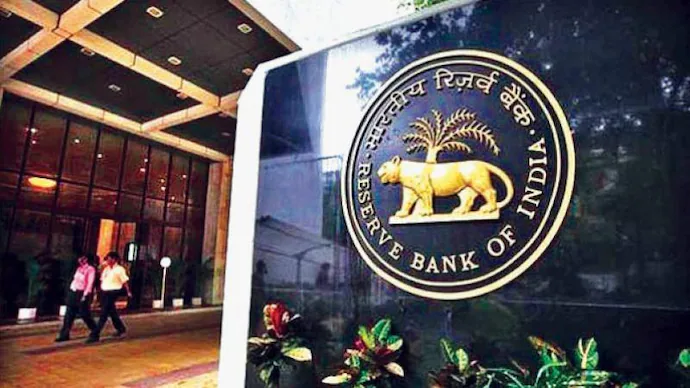The Reserve Bank of India (RBI) is shifting its strategy on managing the rupee, allowing the currency to adjust more freely as part of a broader effort to stimulate economic growth. This move comes as India grapples with slowing growth, inflationary pressures, and global trade uncertainty.
The RBI is gradually loosening its grip on the rupee to address the challenges of the “impossible trinity” in economics: balancing a fixed exchange rate, free capital movement, and an independent monetary policy. Excessive intervention in the foreign exchange market has previously led to tightened liquidity and higher interest rates, which hinder economic activity.
What’s Driving the New Strategy?
The Indian rupee recently hit record lows, trading around ₹87.22 per U.S. dollar, largely due to global uncertainties, concerns over potential U.S. trade tariffs, and slowing domestic growth. The central bank has intervened in the currency market to stabilize the rupee but is now shifting gears to let the currency find its natural level in response to market forces.
By allowing the rupee to depreciate, the RBI aims to enhance the competitiveness of India’s exports. A weaker rupee makes Indian goods and services cheaper and more attractive to foreign buyers, which could help boost the country’s exports and overall economic growth.
Interest Rate Cuts Expected
In addition to relaxing its control over the currency, the RBI is expected to cut interest rates for the first time since May 2020. Analysts anticipate a 25 basis point reduction, bringing the repo rate to 6.25%. The goal is to inject liquidity into the economy, encourage borrowing, and stimulate consumer spending and investment.
“With inflation showing signs of stabilizing, the central bank now has room to prioritize growth,” said a senior economist at SBI Research.
Potential Benefits and Risks
Economists believe this two-pronged approach of letting the rupee adjust and cutting rates could create a favourable environment for businesses, particularly export-oriented sectors such as textiles, pharmaceuticals, and IT services. However, there are risks involved. A rapidly depreciating currency could push up import costs and widen the current account deficit, especially as India heavily relies on energy imports.
Still, the RBI seems confident in its ability to strike a balance between supporting growth and maintaining macroeconomic stability.
Outlook
The central bank’s new approach reflects its willingness to adapt to evolving challenges in the global economy. As the rupee finds its natural level and interest rates ease, the coming months will test whether this strategy can effectively reignite India’s growth trajectory without creating new economic vulnerabilities.

